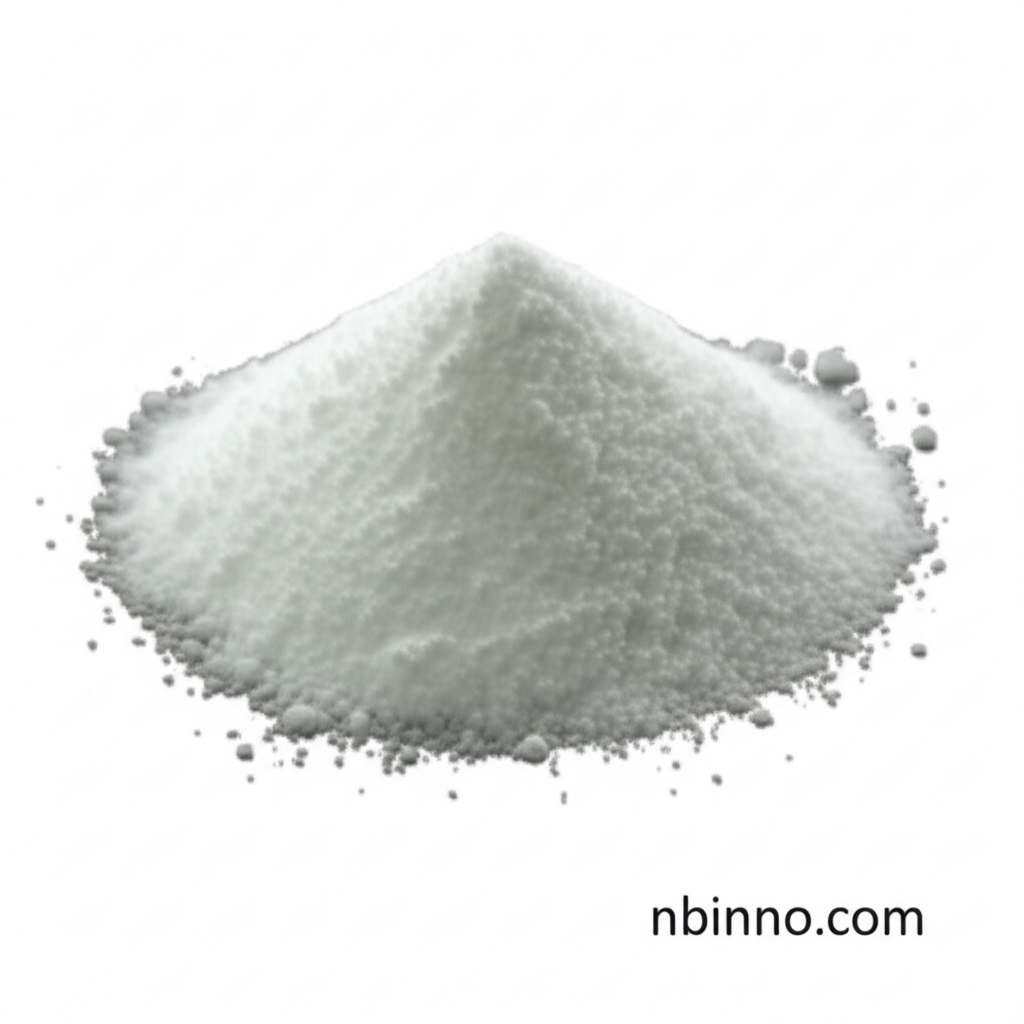Boc-(S)-3-Amino-3-(3-hydroxyphenyl)propionic Acid: A Key Building Block for Peptide Synthesis and Drug Discovery
Unlock your research potential with a premium amino acid derivative designed for advanced biochemical applications.
Get a Quote & SampleProduct Core Value

Boc-(S)-3-Amino-3-(3-hydroxyphenyl)propionic Acid
This advanced amino acid derivative, featuring a vital Boc (tert-butyloxycarbonyl) protecting group, significantly enhances stability and solubility. It stands as a cornerstone for complex peptide synthesis and innovative drug development projects, offering researchers unparalleled versatility.
- Discover the advantages of using Boc-(S)-3-amino-3-(3-hydroxyphenyl)propionic acid in peptide synthesis for novel therapeutic agents.
- Explore how this CAS 499995-79-8 compound aids in the design of targeted enzyme inhibitors and receptor ligands.
- Learn about the applications of this key building block in medicinal chemistry for creating advanced pharmaceutical compounds.
- Investigate the utility of this material in materials science for developing sophisticated drug delivery systems.
Key Advantages
Enhanced Stability & Solubility
The integrated Boc protecting group ensures superior stability and solubility, critical for successful outcomes in complex organic synthesis, making it a prime choice for many peptide synthesis projects.
Versatile Building Block
This compound is an exceptional building block, facilitating the incorporation of hydrophobic and hydrophilic properties, crucial for designing novel therapeutic agents in drug development.
Facilitates Innovation
Researchers benefit from its ability to serve as a valuable tool for innovation in drug design and biomaterials, proving its worth in medicinal chemistry applications.
Key Applications
Peptide Synthesis
Serves as a fundamental component in the creation of sophisticated peptides, particularly in the development of bioactive peptides for pharmaceutical use, supporting the field of peptide synthesis.
Drug Development
Its unique structural features enable the design of novel drugs targeting specific biological pathways, making it indispensable in the pharmaceutical industry for the creation of new therapeutic agents, a critical aspect of drug development.
Bioconjugation
This compound is instrumental in bioconjugation processes, adeptly linking biomolecules to improve drug delivery systems, a crucial step in enhancing treatment efficacy, directly relevant to advancing biochemical research.
Materials Science
Applications extend to the development of functional materials, such as advanced hydrogels, which are vital in drug delivery and tissue engineering, showcasing its role in materials science innovation.
